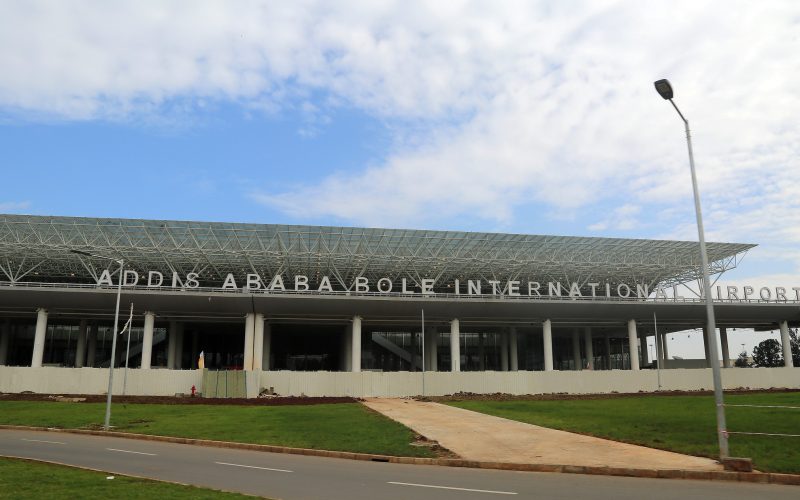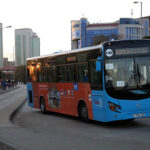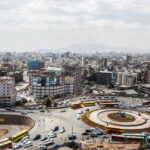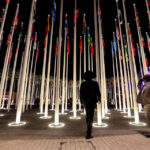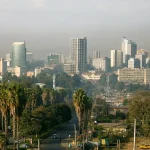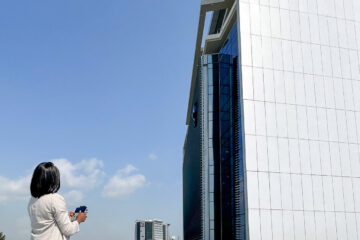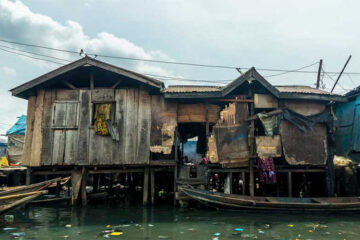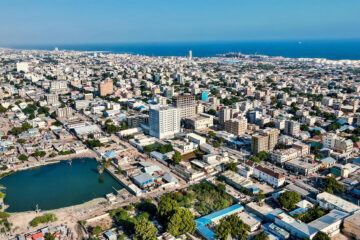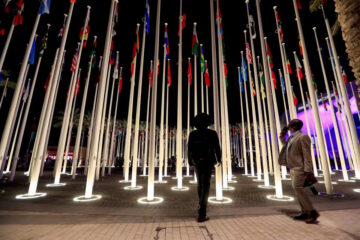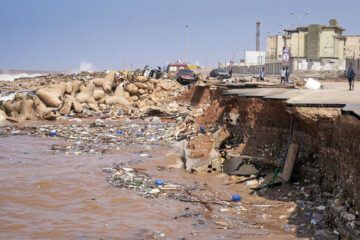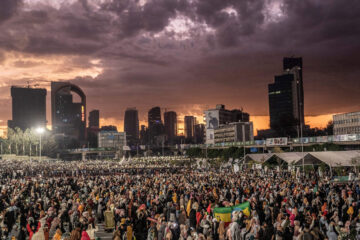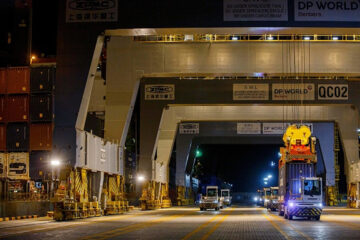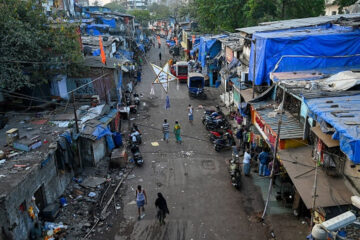BIRUK TEREFE

URBAN investments across the African continent are at an all-time high. Yet the nature of these investments differs starkly across cities. Many of them are driven by political considerations. For example, in Addis Ababa, a city that has made enormous strides in the past two decades, a new urban aesthetic is emerging. It targets urban elites, the Ethiopian diaspora and international tourists.
Since coming to power in 2018, Prime Minister Abiy Ahmed’s administration has initiated several urban megaprojects. These include LaGare, a 36-hectare real estate project, and a 56km riverside renewal scheme dubbed Beautifying Sheger.
Both projects are intended to give Africa’s political capital a facelift, and generate revenue through higher land values and urban tourism. They are the latest additions to a skyline that has undergone dramatic changes in the past 20 years.
The projects are new but their delivery remains the same. The manner in which they are being implemented is reminiscent of previous Ethiopian regimes. This includes the side-lining of local stakeholders and the lack of coordination with the relevant bureaucracies. Decision-making continues to be highly centralised.
In new research, I use these urban megaprojects to analyse this period of political change. Urban spaces are sites of “continuous renewal”. New administrations use them to stamp their mark on cities. My research aims to identify how this is playing out in Ethiopia’s capital city.
Addis Ababa’s latest urban endeavours
A unique characteristic of Addis Ababa’s urban development is that successive Ethiopian regimes have used new urban projects as manifestations of their political priorities. Even today, we can find architectural remnants of past regimes.
The grand projects that different governments have undertaken over the decades are layers of political history woven into the city’s urban fabric.
Marred by the fascist Italian occupation and domestic secessionist movements, Emperor Haile Selassie’s regime (1930-1974) reproduced its assimilationist politics through multiple squares and statues commemorating the Battle of Adwa and Yekatit 12. Then there’s Meskel Square, the city’s most iconic landmark, which was re-purposed for military parades by the Derg, a communist junta which ran the country between 1974 and 1991.
And finally, a major social housing scheme and sub-Saharan Africa’s first urban rail system are the legacy of the Ethiopian People’s Revolutionary Democratic Front (EPRDF), the coalition that was in power between 1991 and 2019 with a pro-poor developmental agenda.
Abiy Ahmed’s focus on luxury real estate projects and urban tourism schemes represents a clear ideological break from the past. The plans are reminiscent of the grand structures put up in Gulf emirates such as Dubai and Abu Dhabi. They promise flashy skyscrapers and hyper-modernity.
These images have enchanted some Ethiopians. As part of my research I spoke to numerous residents affected by these projects. Regarding LaGare, this 70-year-old woman commented:
They are going to build a world-class mall here and they also will not remove anyone. We’re going to get modern and new buildings, and it will create jobs for me and for my children. It is going to be a wonderful project.
But the outcome might not be quite as rosy.
LaGare and Beautifying Sheger represent a new era of urban development in Ethiopia and raise fundamental questions about spatial justice. These projects cater to a growing urban elite that includes international tourists and the country’s vast diaspora in the US and Europe. Such elite enclaves lie in stark contrast to the pro-poor focus of the previous administration. While the EPRDF’s light-rail transit system and social housing scheme faced many challenges and failures of their own, their ethos targeted the city’s poorest.
These new megaprojects are intended to generate revenue through increased urban land values. But this will inevitably make the city less accessible. Addis Ababa already faces major transport, sanitation and housing shortages, as its population continues to increase. Now, dancing water fountains decorate the main plaza of Beautifying Sheger, while a large proportion of the city still has no reliable access to water.
What’s not changed
The planning and decision-making process of these projects follows the long history of centralised planning in Ethiopia.
Both LaGare and Beautifying Sheger were initiated by the prime minister’s office in a top-down manner, side-lining city administration officials, excluding urban planners, and partially ignoring Addis Ababa’s Structure Plan (2017-2027).
For example, the 36 hectares on which LaGare is to be built was initially set aside for a transport hub to house one of the city’s new bus rapid transit line stations. As one city administration official stated:
We plan to start our bus rapid transit in the next two years and the transport hub in LaGare is a major interchange for our routes. I am not sure now what the plan is because of this new Dubai project, but we have been planning the new transport system for years. I hope the city administration fights back to keep our plans in place, otherwise we have a big problem.
This is reminiscent of former prime minister Meles Zenawi’s imposition of the light rail transit system despite vocal opposition from urban planners at the time. The recent decimation of Meskel Square, one of the city’s biggest public spaces, illustrates this lack of transparency and inclusivity in the decision-making process.
A dedicated Megaprojects Office has been established in the city administration to manage LaGare and Beautifying Sheger, as well as a number of other major urban projects. These include the development of a multicomplex residential village in Gotera and hiking trails, viewpoints and recreational spaces on Entoto Mountain.
We are at a critical juncture, in which the accessibility and affordability of the city’s future is in doubt. As one of the fastest urbanising nations in the world, Ethiopia needs to ensure that its urban investments provide adequate infrastructural and social services to its most vulnerable citizens.
The creation of elite enclaves and singular focus on urban tourism, while important, is unlikely to trickle down to the majority of the city’s residents. – The Conversation

